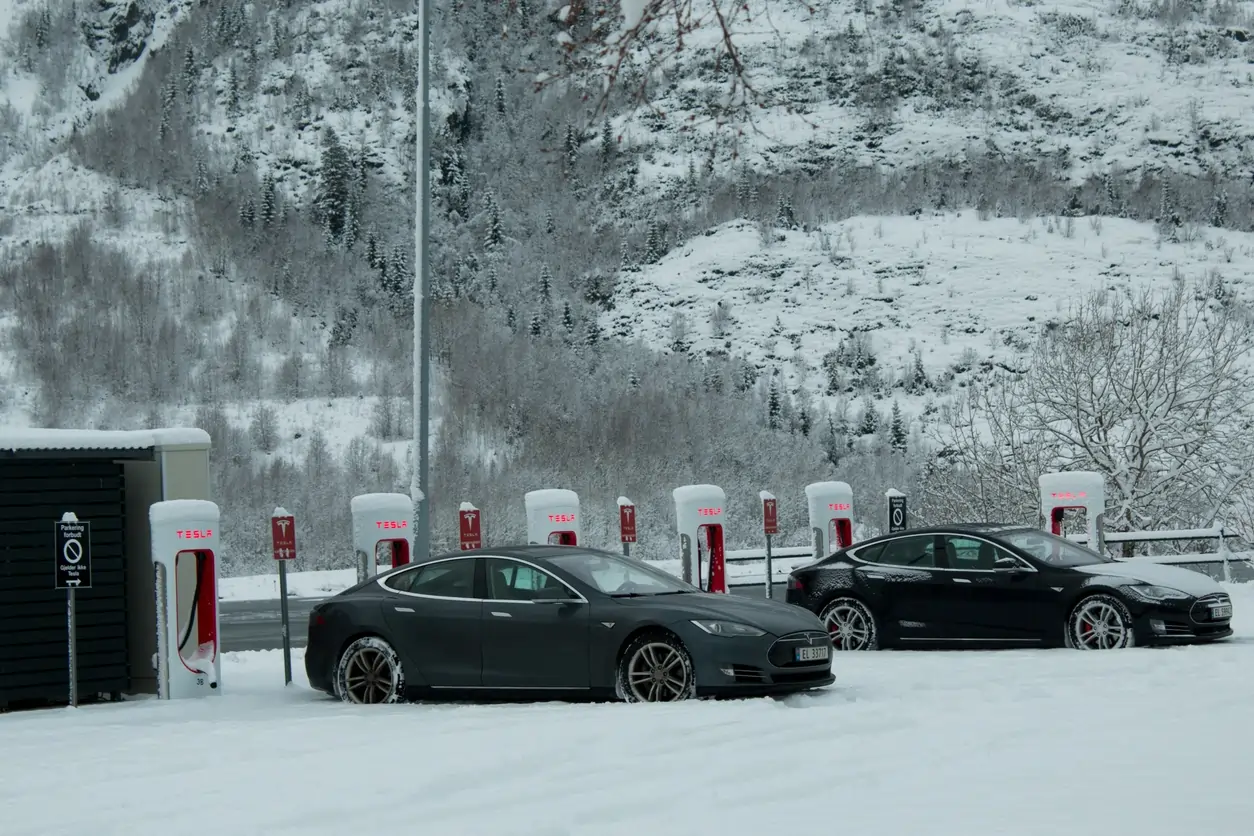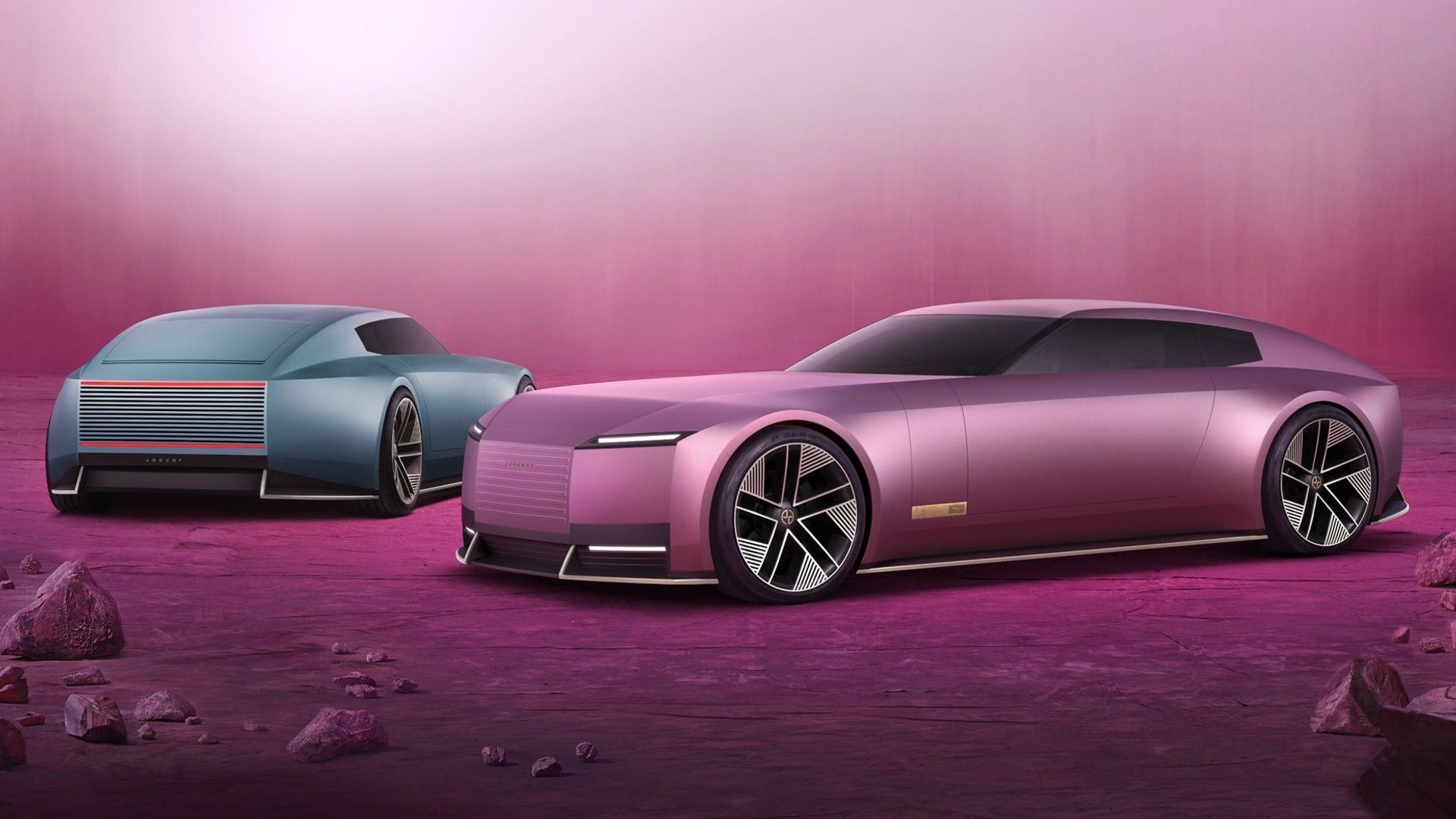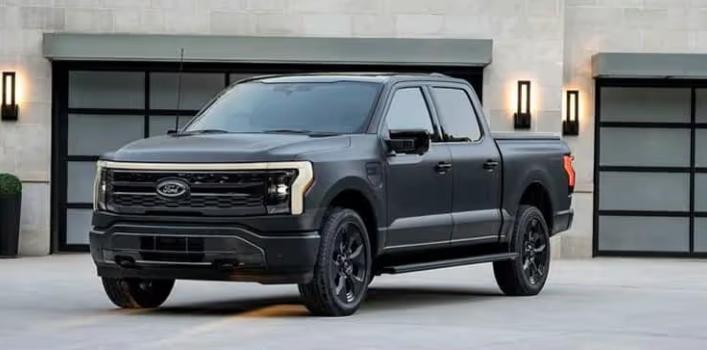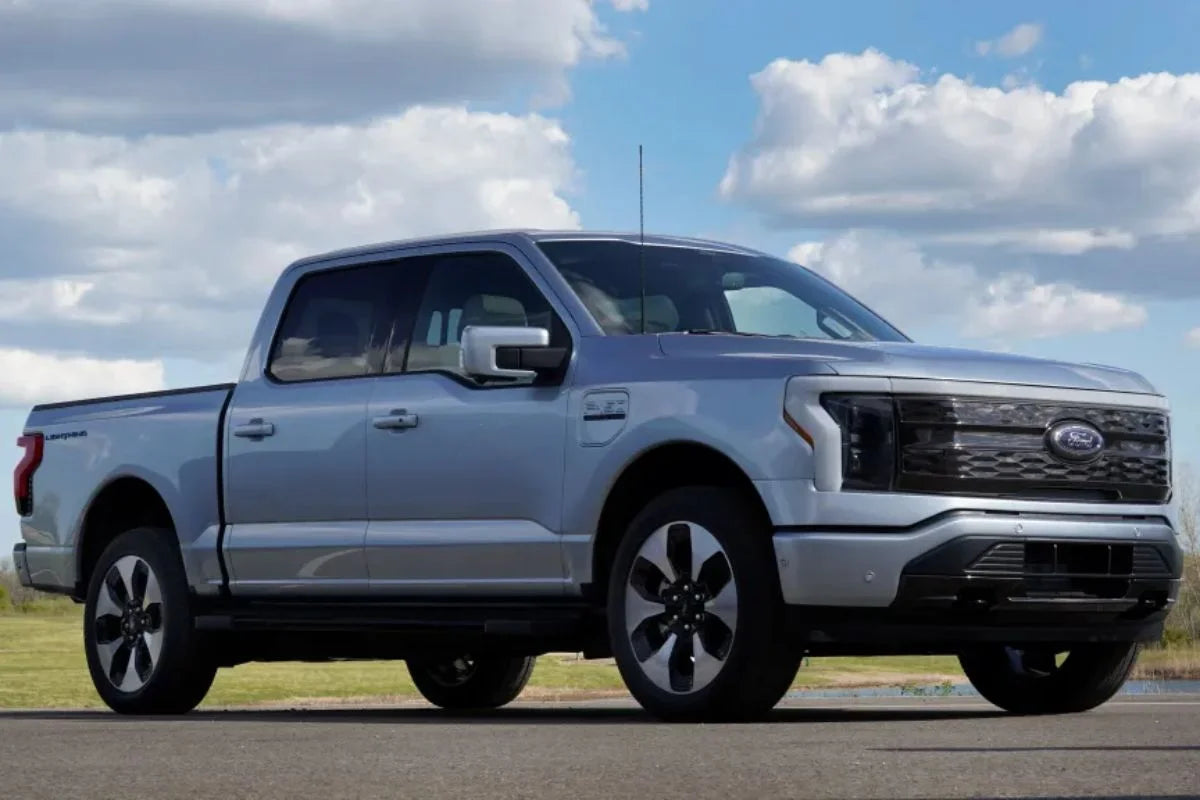Elektrofahrzeuge (EVs) haben den Transport revolutioniert, aber ihre Die Leistung bei extremer Kälte – insbesondere unter -20 °C – stellt besondere Herausforderungen dar. Lithium-Ionen-Batterien, das Herzstück der meisten Elektrofahrzeuge, reagieren empfindlich auf Minustemperaturen, was die Reichweite verringern, den Ladevorgang verlangsamen und den Batterieverschleiß beschleunigen kann. Für Besitzer von Elektrofahrzeugen in kalten Klimazonen ist es wichtig zu wissen, wie sie ihre Batterie beim Laden bei kaltem Wetter schützen können. Dieser Artikel untersucht die wissenschaftlichen Grundlagen des Ladens von Elektrofahrzeugen bei kaltem Wetter, praktische Strategien zur Erhaltung der Batteriegesundheit und die Rolle von Hilfsmitteln wie tragbaren Ladegeräten und NEMA-konforme Infrastruktur.
Die Wissenschaft der Batterieleistung bei kaltem Wetter
Lithium-Ionen-Batterien nutzen chemische Reaktionen, um Energie zu speichern und freizugeben. Bei Temperaturen unter -20 °C wird der Elektrolyt in der Batterie zähflüssig, was die Ionenbewegung zwischen Anode und Kathode behindert. Dies erhöht den Innenwiderstand und verringert die Fähigkeit der Batterie, Ladung effizient aufzunehmen oder abzugeben. Laut einer Studie des Idaho National Laboratory aus dem Jahr 2021 kann die Reichweite von Elektrofahrzeugen bei extremer Kälte um 20–40 % sinken, wobei sich die Ladezeiten aufgrund der geringeren Ladeakzeptanzraten erheblich verlängern.
Kalte Temperaturen führen außerdem dazu, dass das Batteriemanagementsystem (BMS) die Ladeleistung begrenzt, um Lithium-Plating zu verhindern – ein Phänomen, bei dem sich metallisches Lithium an der Anode ablagert und die Kapazität dauerhaft reduziert. Moderne Elektrofahrzeuge verfügen zwar über ausgefeilte BMS-Protokolle, doch längere Temperaturen unter Null können die Batterie dennoch belasten, insbesondere während des Ladevorgangs.

Vorkonditionierung: Der Schlüssel zum Laden bei kaltem Wetter
Eine der effektivsten Möglichkeiten, Ihre Elektrofahrzeugbatterie bei Minusgraden zu schützen, ist die Vorkonditionierung – das Aufwärmen der Batterie vor dem Laden. Bei den meisten Elektrofahrzeugen können Fahrer die Vorkonditionierung über die Fahrzeug-App oder das Infotainmentsystem planen. Dabei wird Energie aus dem Stromnetz (bei angeschlossenem Fahrzeug) oder der Batterie genutzt, um den Akku auf eine optimale Temperatur von typischerweise 20–25 °C zu erwärmen.
Die Vorkonditionierung minimiert das Risiko einer Lithium-Plating-Erkrankung und sorgt für schnelleres Laden. Beispielsweise kann Teslas BMS die Batterie während der Fahrt zu einem Supercharger erwärmen und nutzt Echtzeitdaten zur Temperaturoptimierung. In abgelegenen Gebieten ohne Zugang zu Level-3-Ladegeräten kann jedoch ein tragbares Ladegerät, das an eine NEMA-14-50-Steckdose angeschlossen ist, eine zuverlässige Alternative zur Vorkonditionierung und zum Laden darstellen.
Empfehlungen für NACS (Tesla)-Ladegeräte: Tragbares/Heimgebrauch NEMA 5-15-Stecker, NEMA 14-30-Stecker, NEMA 14-50-Stecker NACS (Tesla)-Ladegerät
So maximieren Sie die Effizienz der Vorkonditionierung:
- Planen Sie Ladevorgänge nach Möglichkeit während der wärmeren Tageszeiten ein.
- Verwenden Sie eine Garage, um das Fahrzeug vor Windchill zu schützen, der den Wärmeverlust verschlimmern kann.
- Überwachen Sie die Batterietemperatur über die App des Elektrofahrzeugs, um sicherzustellen, dass sie vor Beginn des Ladevorgangs den optimalen Bereich erreicht.

Die Wahl der richtigen Ladeinfrastruktur
Die Ladeinfrastruktur spielt eine entscheidende Rolle für den Batterieschutz bei kaltem Wetter. Bei Minustemperaturen sind Ladegeräte der Stufe 1 (120 V, Standardsteckdosen) oft zu langsam, um ausreichend Strom für die Vorkonditionierung oder das rechtzeitige Laden zu liefern. Ladegeräte der Stufe 2 , die typischerweise eine NEMA 14-50- oder NEMA 6-50-Steckdose verwenden, liefern 240 V und 30–50 Ampere und sind daher ideal für das Laden zu Hause in kalten Klimazonen.
Für Elektrofahrzeugbesitzer, die viel unterwegs sind, bietet ein tragbares Ladegerät, das mit NEMA-Steckdosen kompatibel ist, Flexibilität. Diese Geräte können an Campingplatzsteckdosen, Industriesteckdosen oder Heimladestationen angeschlossen werden und liefern bis zu 32 Ampere Strom. Achten Sie bei der Auswahl eines tragbaren Ladegeräts auf Modelle mit einstellbarer Stromstärke und robuster Wetterfestigkeit (IP67 oder höher), die Schnee und Eis standhalten.
Öffentliche DC-Schnellladegeräte (Level 3) sind eine weitere Option, ihre Verfügbarkeit kann jedoch in ländlichen, kalten Regionen eingeschränkt sein. Zudem kann Schnellladen bei extremer Kälte die Batterie belasten, wenn die Vorkonditionierung unzureichend ist. Stellen Sie immer sicher, dass Ihr tragbares Ladegerät oder Ihre Heimanlage den NEMA-Standards entspricht, um Sicherheit und Kompatibilität zu gewährleisten.

Batterieisolierung und Parkstrategien
Neben dem Laden beeinflusst auch die Art und Weise, wie und wo Sie Ihr Elektrofahrzeug bei Minusgraden parken, die Batteriegesundheit. Das Parken in einer beheizten oder isolierten Garage kann den Energiebedarf für die Vorkonditionierung reduzieren und eine höhere Grundtemperatur der Batterie aufrechterhalten. Wenn keine Garage verfügbar ist, sollten Sie folgende Strategien in Betracht ziehen:
- Verwenden Sie Wärmedecken: Spezielle Batteriedecken für Elektrofahrzeuge können den Akku isolieren und so den Wärmeverlust reduzieren. Diese sind besonders nützlich beim Parken über Nacht in unbeheizten Umgebungen.
- Parken Sie in geschützten Bereichen: Vermeiden Sie offene Parkplätze, auf denen der Wind die Temperaturen weiter senken kann. Ein Carport oder die Leeseite eines Gebäudes bietet etwas Schutz.
- Minimieren Sie die Heizung im Innenraum: Übermäßiger Einsatz der Heizung im Innenraum verbraucht Strom aus der Batterie, was die Reichweite und die Ladeeffizienz verringert. Verwenden Sie Sitzheizungen und Lenkradheizungen, die weniger Energie verbrauchen.

Optimieren der Ladeeinstellungen für Temperaturen unter Null
Moderne Elektrofahrzeuge bieten anpassbare Ladeeinstellungen zum Schutz der Batterie bei kaltem Wetter. Beispielsweise reduziert die Einstellung eines Ladelimits von 80–90 % (statt 100 %) die Belastung der Batterie, da bei voller Ladung das Risiko einer Lithium-Plating-Infektion bei extremer Kälte steigt. Darüber hinaus ermöglichen viele Elektrofahrzeuge die Priorisierung langsamerer Ladegeschwindigkeiten bei Verwendung eines tragbaren Ladegeräts, was die Batterie bei niedrigen Temperaturen schonen kann.
Wenn Sie ein NEMA-konformes Ladegerät der Stufe 2 verwenden, achten Sie darauf, dass der Stromkreis speziell ausgelegt ist, um eine Überlastung zu vermeiden. Ein 50-Ampere-Schutzschalter in Kombination mit einer NEMA 14-50-Steckdose ist für die meisten Heiminstallationen ideal und sorgt für konstante Stromversorgung ohne Auslösung. Wenn Sie ein tragbares Ladegerät verwenden, überprüfen Sie die Erdung der Steckdose, da Temperaturen unter Null elektrische Fehler verschlimmern können.

Langfristige Batteriegesundheit in kalten Klimazonen
Häufige Temperaturen unter Null können die Batterieleistung mit der Zeit beschleunigen, insbesondere bei nicht optimalen Ladepraktiken. So erhalten Sie die Batterieleistung langfristig:
- Vermeiden Sie Tiefentladungen: Halten Sie den Ladezustand (SoC) der Batterie möglichst über 20 %, da ein niedriger SoC die Belastung durch Kälte verschlimmert.
- Lagern Sie das Fahrzeug ordnungsgemäß: Wenn Sie das Elektrofahrzeug längere Zeit nicht fahren, lagern Sie es in einer klimatisierten Umgebung mit einem Ladezustand von 50–60 %.
- Setzen Sie die Rekuperation sparsam ein: Bei extremer Kälte kann die Rekuperation aufgrund der geringeren Ladekapazität der Batterie weniger effektiv sein. Passen Sie Ihren Fahrstil an und verlassen Sie sich stärker auf die mechanischen Bremsen.
Überprüfen Sie Ihr tragbares Ladegerät und Ihre NEMA-Steckdosen regelmäßig auf Verschleiß, insbesondere nach längerer Einwirkung von Schnee oder Eis. Fehlerhafte Geräte können zu ineffizientem Laden oder Sicherheitsrisiken führen.

Fazit: Förderung des Besitzes von Elektrofahrzeugen bei kaltem Wetter
Der Betrieb eines Elektrofahrzeugs bei Temperaturen unter -20 °C erfordert proaktive Maßnahmen zum Schutz Ihrer Batterie und zur Aufrechterhaltung der Leistung. Durch Vorkonditionierung, die Wahl einer NEMA-konformen Ladeinfrastruktur und intelligente Park- und Ladestrategien können Sie die Herausforderungen des Kaltwetterbetriebs meistern. Ein hochwertiges tragbares Ladegerät in Kombination mit einer robusten Level-2-Konfiguration sorgt für Flexibilität und Zuverlässigkeit – egal ob zu Hause oder unterwegs.
Mit der Weiterentwicklung der Elektrofahrzeugtechnologie entwickeln Hersteller Batterien mit verbesserter Kältebeständigkeit, beispielsweise Festkörperdesigns und fortschrittliche Wärmemanagementsysteme. Bis dahin sorgen diese bewährten Verfahren dafür, dass Ihr Elektrofahrzeug reibungslos läuft, egal wie tief das Quecksilber fällt.
Empfohlene Lektüre: Volkswagen-Elektrofahrzeuge sollen bis 2025 an Teslas Supercharger-Netzwerk angeschlossen werden








Aktie:
Tragbares Ladegerät für Elektrofahrzeuge vs. Ladegerät für Elektrofahrzeuge zu Hause: Was ist das Richtige für Sie?
5 versteckte EV-Einstellungen zur Erhöhung der Reichweite